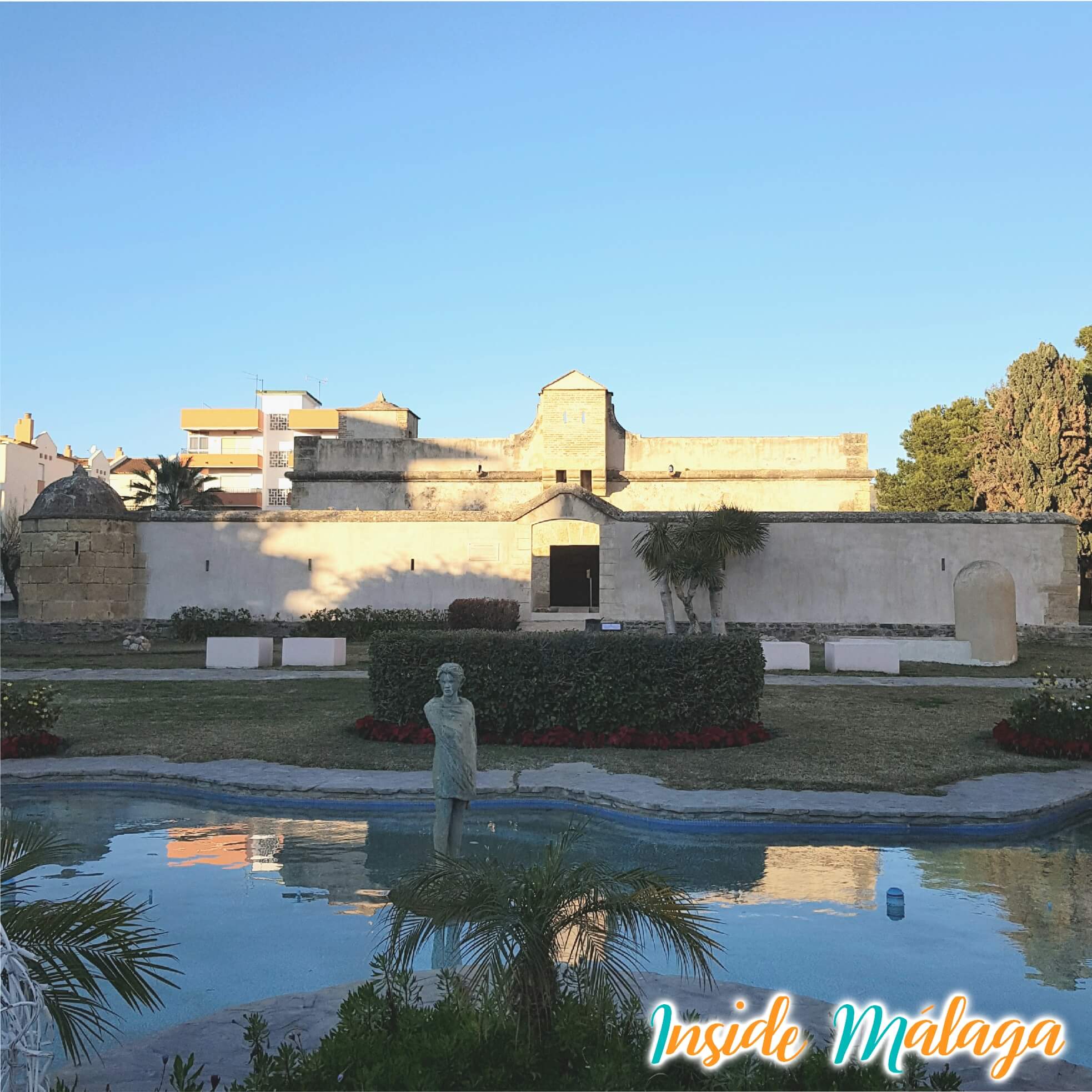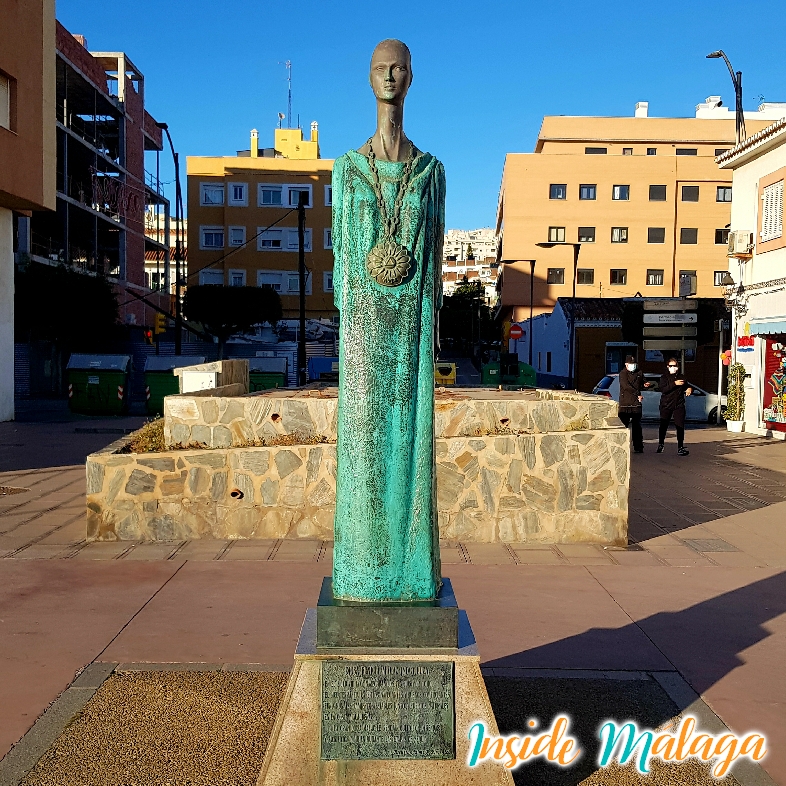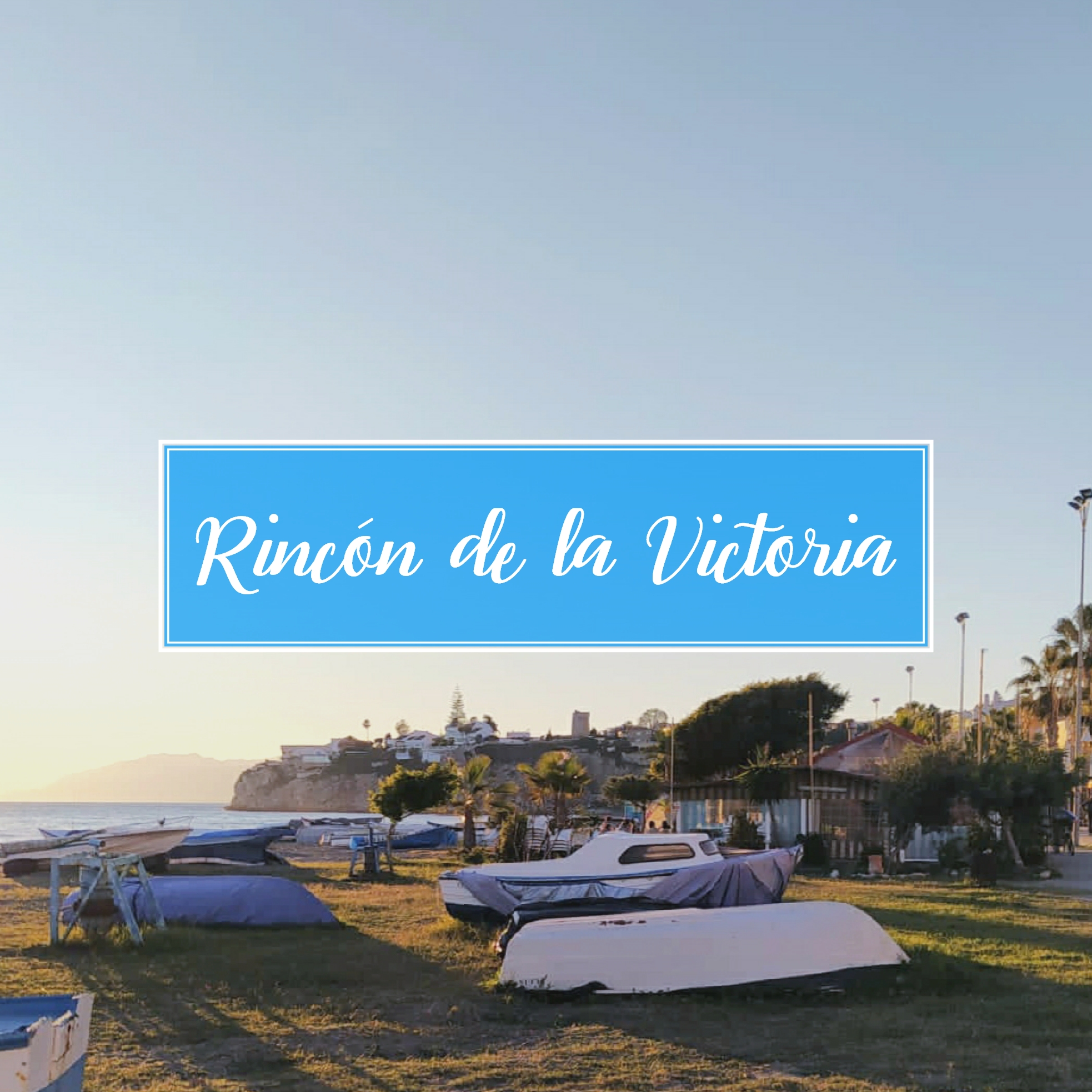Rincón de la Victoria, located on the Costa del Sol, Málaga, is a destination that combines natural beauty, history and culture. This coastal municipality is not only known for its beaches and Mediterranean climate, but also for its deep Roman legacy. The remains of the Roman villa of Torre de Benagalbón and the Roman baths bear witness to the rich history that surrounds the area. In addition, Rincón de la Victoria is home to the Cueva del Tesoro, one of the few sea caves of subterranean origin in the world, which also contains archaeological remains from the Roman era, reinforcing its cultural and historical appeal.
Where is Rincón de la Victoria located
Rincón de la Victoria is located 19km from Malaga capital with a population of 47.149 inhabitants. The municipal term has a dimension of almost 27,51km square.
Origin of the name of Rincón de la Victoria
The old town of Bezmiliana changed its name at the beginning of the 20th century and comes from the Order of the Minimums of the Convent of Victoria in Malaga.
Denonym of People of Rincón de la Victoria
The inhabitants are called “rinconero or rinconera“.
Monuments and places of interest in Rincón de la Victoria
- The Bezmiliana Castle: Also called La Casa-Fuerte de Bezmiliana, it is a fortress built in the 18th century, more specifically in 1766 by order of King Carlos III. The building was part of the coastal defense organization against piracy that was established a century earlier.
The building has a square shape with an exterior wall of simple construction without ornaments with two towers for defense. Currently the space is used for exhibitions and cultural events.
- Cantal Tower
- Benagalbón Tower
- The Museum of Popular Arts
- Villa Antiopa: The Villa Antíopa in Rincón de la Victoria, Málaga, is an ancient Roman villa discovered in 1985, known for its impressive mosaics depicting mythological scenes. This archaeological site, located near the beach, not only offers a glimpse into the Roman past of the region but also incorporates advanced technology to enhance the visitor experience. Visitors can enjoy explanatory videos, 3D images, and an innovative sensory experience that allows them to “smell history,” fully immersing themselves in the cultural and architectural richness of ancient Rome on the Costa del Sol.
- The Treasure Cave: Located at the entrance to Rincón de la Victoria on Avenida Picasso 21. It is one of only three known marine caves in the world and the only one in Europe. The other two are in Asia and Central America. This fascinating natural site is a geological and historical treasure, with formations dating back millions of years and a rich legend that continues to attract visitors. Tickets must be purchased, but free tickets are also available. Official website.
- Monument Godess Malac: The Phoenicians had great influence in the founding of Malaga, the Phoenician people settled in the 8th century BC in the region. Malac was one of the goddesses they worshiped, the name Malaka which means “Queen” could be the origin of the name of the city and province of Malaga. It is believed that Malac or also known as Noctiluca was the goddess who was processed in the sea to obtain good fishing and take care of the fishermen, this procession could be the origin of the tradition of the Virgen del Carmen.

- The Archaeological Park of the Mediterranean
- Roman site of Torre de Benagalbón
- Depopulated of Bezmilianabenal
- Arroyo de Benagalbón Aqueduct
- Benagalbón Oil Mill
For more information about Rincón de la Victoria Village: visit the City Council page
